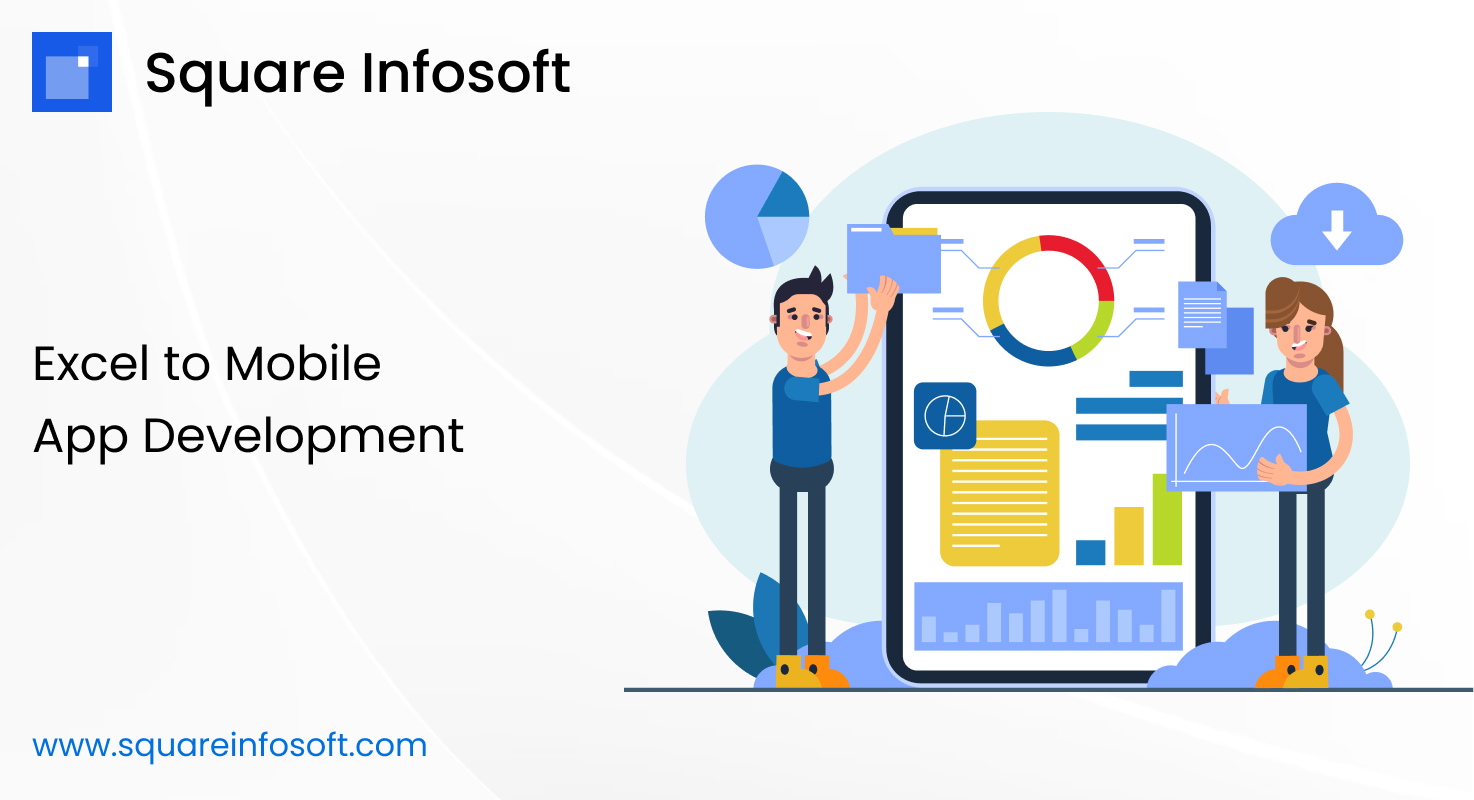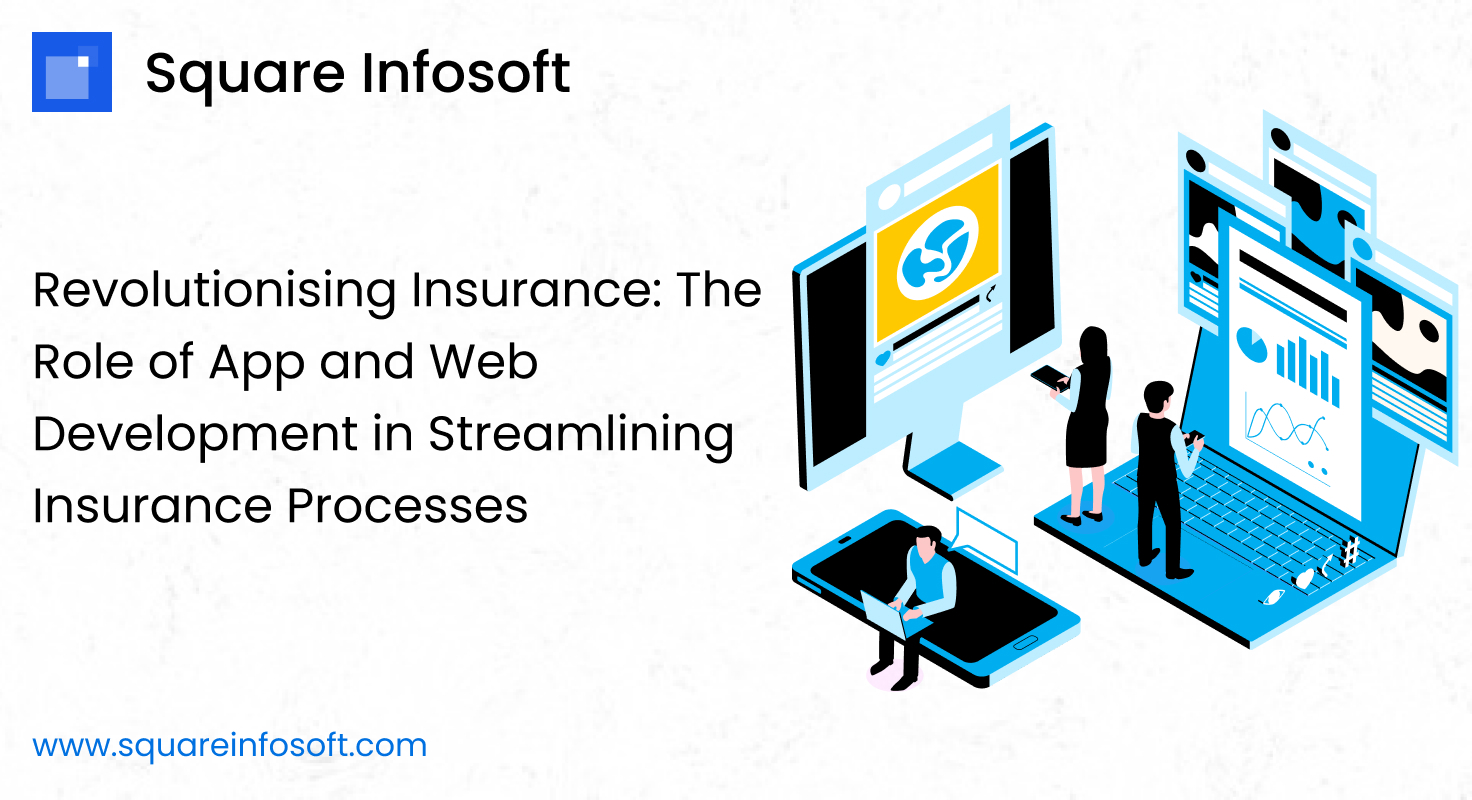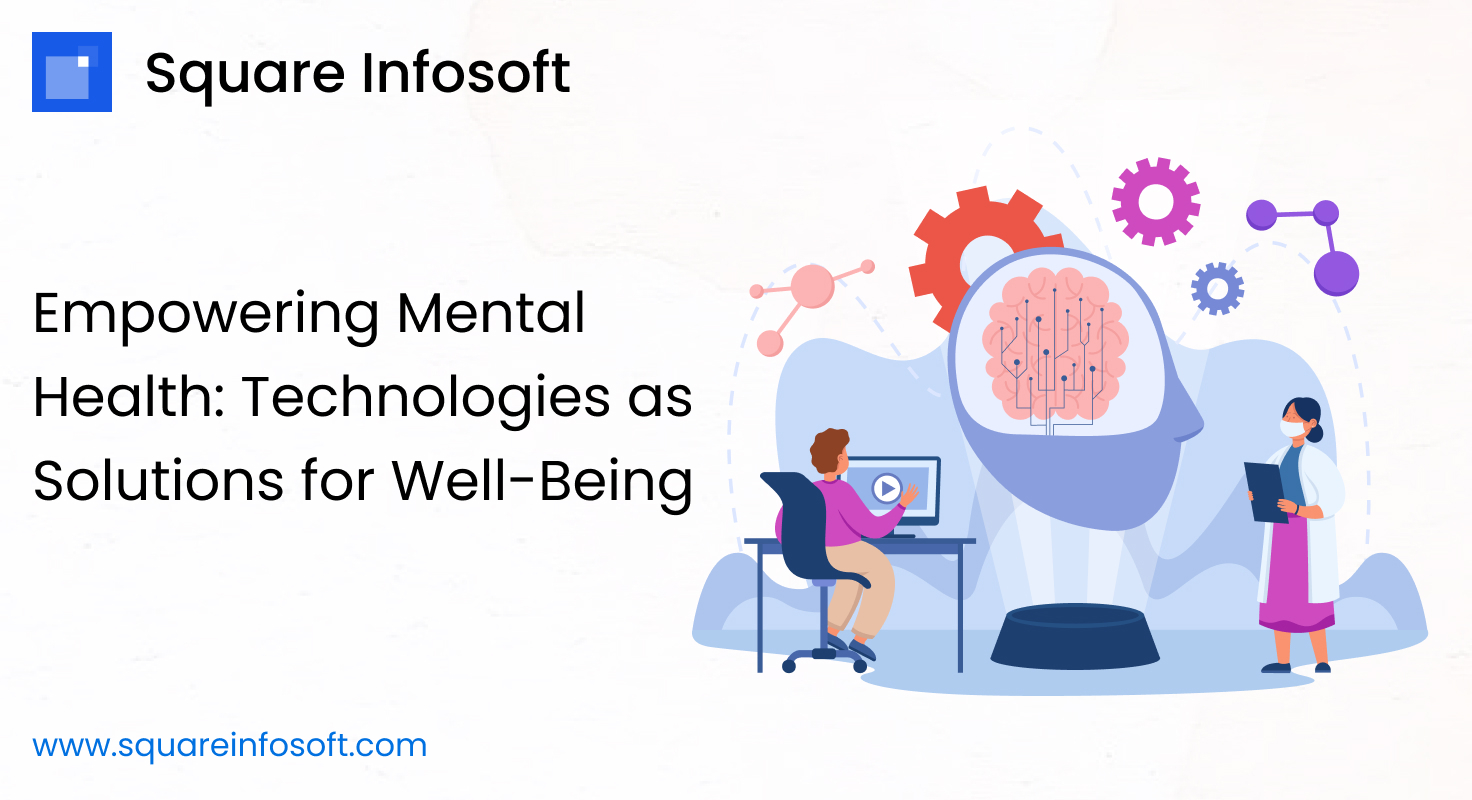Converting an Excel spreadsheet into a mobile app is a common task when you want to make your data and functionality more accessible to users on mobile devices. Here are the steps you can follow to turn an Excel sheet into a mobile app:
- Define Your App’s Purpose and Features:
- Determine the specific functions and features you want in your mobile app. This will help you identify what data from the Excel sheet is essential.
- Choose a Development Approach:
- There are multiple approaches to building a mobile app from an Excel sheet. You can consider:
- Low-Code/No-Code Platforms: Platforms like Microsoft Power Apps or AppSheet allow you to create mobile apps using a visual interface without much coding.
- Custom Mobile App Development: If your app requires more complex features or a unique user experience, you may want to hire a developer or development team to build a custom app. They can use programming languages like Swift (for iOS) and Kotlin/Java (for Android).
- There are multiple approaches to building a mobile app from an Excel sheet. You can consider:
- Data Extraction:
- Extract the relevant data from your Excel sheet. This data will be used to populate your app’s database or data source. You may need to convert it into a format suitable for your chosen development approach.
- Database Setup:
- If you’re building a custom app, set up a database to store and retrieve data. You can use cloud-based databases like Firebase, AWS DynamoDB, or SQL databases based on your requirements.
- UI/UX Design:
- Design the user interface (UI) and user experience (UX) of your mobile app. The design should be mobile-friendly and intuitive for users.
- App Development:
- Develop the app based on your chosen approach. If using a low-code/no-code platform, use the platform’s tools to create the app. If developing custom code, start building the app using the appropriate programming languages and frameworks.
- Data Integration:
- Connect your app to the data source where you stored the data from the Excel sheet. This can be a database or a cloud service like Google Sheets.
- Testing:
- Thoroughly test your mobile app to ensure it works correctly and is free from bugs. Test it on various devices and operating systems to ensure compatibility.
- Deployment:
- Deploy your mobile app to the Google Play Store (for Android) or Apple App Store (for iOS) if you want to make it publicly available. If it’s for internal use within your organization, you can distribute it through enterprise app distribution methods.
- Maintenance and Updates: Continue to maintain and update your mobile app as needed. This includes bug fixes, feature improvements, and ensuring compatibility with new devices and operating system versions.
- User Training and Support: Provide training and support for users who will be using your mobile app. Make sure they know how to use it effectively.
Converting an Excel sheet into a mobile app can vary in complexity based on the features and functionalities you want to include. The choice between low-code/no-code platforms and custom development also depends on your project’s requirements and your technical expertise.




